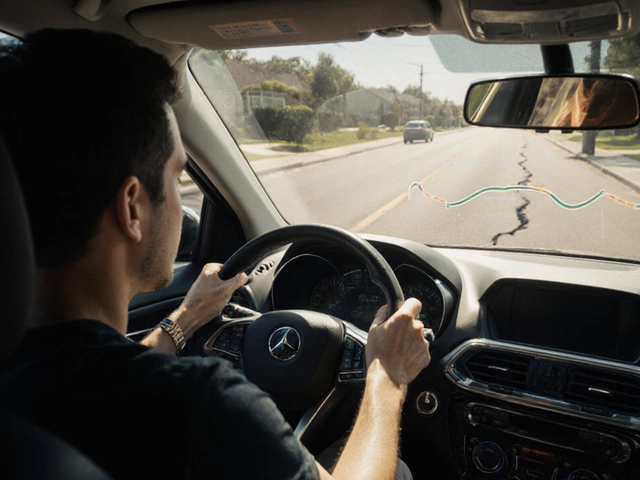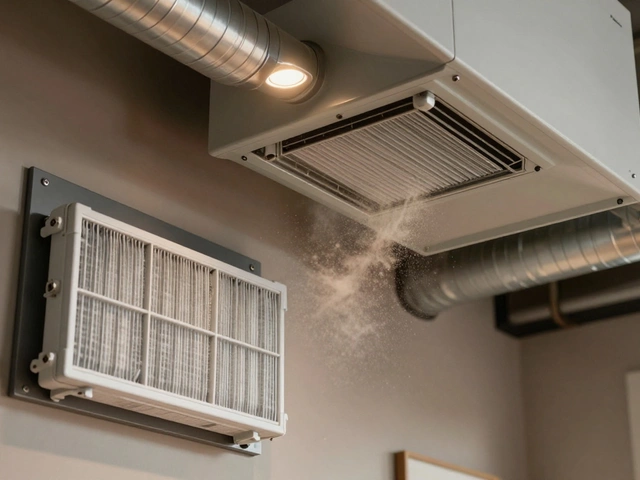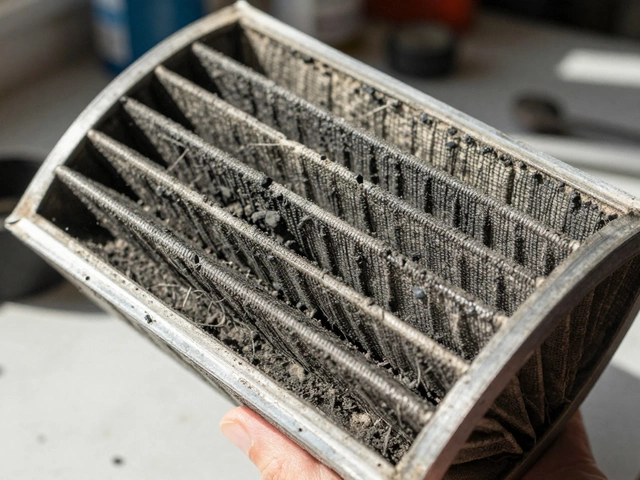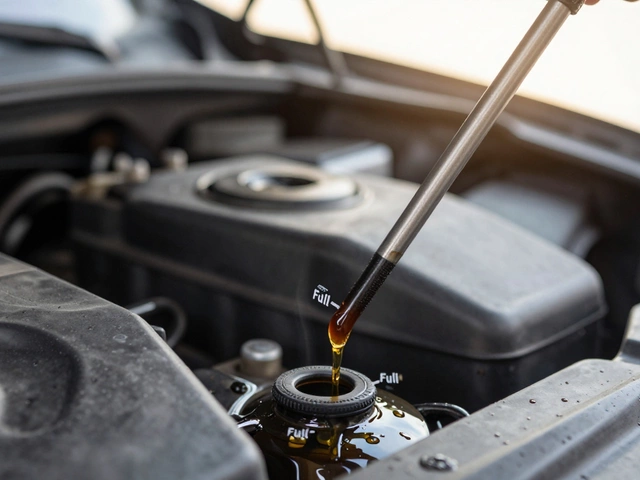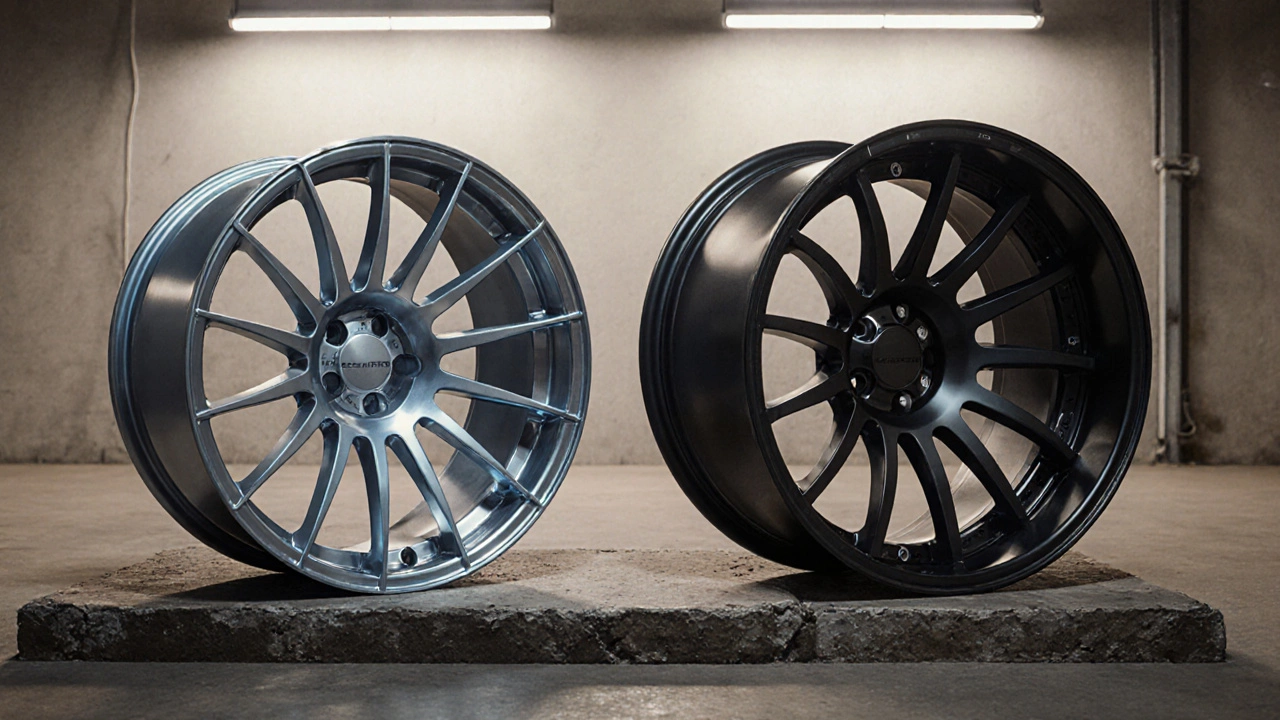
Quick Summary
- Alloy rims are lighter, improve handling and look great, but they cost more than steel.
- They shed heat faster, which helps brakes stay cooler during spirited driving.
- Thin‑walled alloys can be prone to cracking if hit hard; steel survives dents better.
- For daily commuters on a tight budget, steel may be the safer bet; for enthusiasts, alloy often pays off.
- Proper cleaning and occasional polishing keep alloy rims looking new for years.
What are alloy rims?
Alloy wheel is a wheel made from a mix of aluminum or magnesium combined with other metals, designed to replace traditional steel wheels. In everyday language people call them "alloy rims" because the rim is the outer edge that holds the tire. The alloy blend gives the wheel a balance of strength and lightness that steel can’t match. Modern alloys often contain zinc, silicon or copper to boost casting quality and corrosion resistance.
Why drivers love alloy rims
The first thing you notice is the weight difference. A typical 17‑inch steel wheel can weigh around 20-22lb, while an equivalent alloy version often sits under 15lb. That reduction translates into several practical advantages:
- Wheel weight the mass of the wheel itself, affecting unsprung weight and rotational inertia is lower, so the suspension can react faster to bumps.
- Less rotational mass means the engine needs less torque to get the car moving, giving a modest boost in acceleration.
- Light wheels also reduce fuel consumption because the engine works less to keep them turning at speed.
- Alloy’s higher thermal conductivity the ability to transfer heat, helping brake discs stay cooler, which improves brake fade resistance on mountain roads or track days.
- From a visual standpoint, alloys can be cast into intricate spokes and finishes that give a car a sportier look.
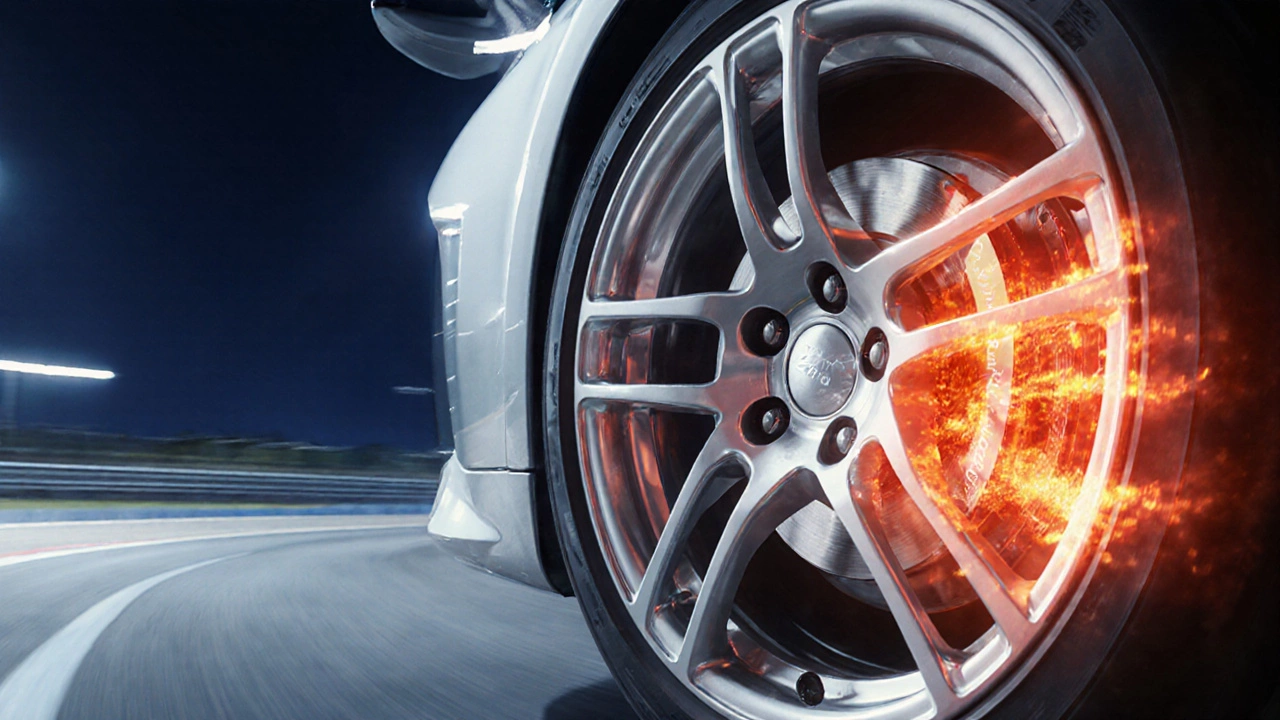
Potential downsides to keep in mind
While the benefits are appealing, alloy rims aren’t a free‑for‑all solution.
- Cost is the most obvious barrier. A set of four 17‑inch alloy wheels can run from £400 to over £1,200, depending on brand and finish.
- Alloy is more brittle than steel. A sharp curb hit can crack the wheel, whereas steel would likely just bend.
- Some cheaper alloys are prone to corrosion, especially in salty coastal climates. Modern coatings mitigate this, but regular cleaning is still recommended.
- Because alloys are lighter, they can be more sensitive to road‑generated vibrations if the wheels aren’t perfectly balanced.
Alloy vs. steel: side‑by‑side
| Feature | Alloy wheel | Steel wheel |
|---|---|---|
| Weight (typical 17‑inch) | 13‑15lb | 20‑22lb |
| Cost (average set) | £400‑£1,200 | £150‑£300 |
| Durability under impact | Can crack if hit hard | Bends, can be repaired |
| Heat dissipation | High - helps brake cooling | Low - retains more heat |
| Corrosion resistance | Good with proper coating | Excellent, especially galvanized |
| Style options | Wide range of finishes | Limited - usually painted |
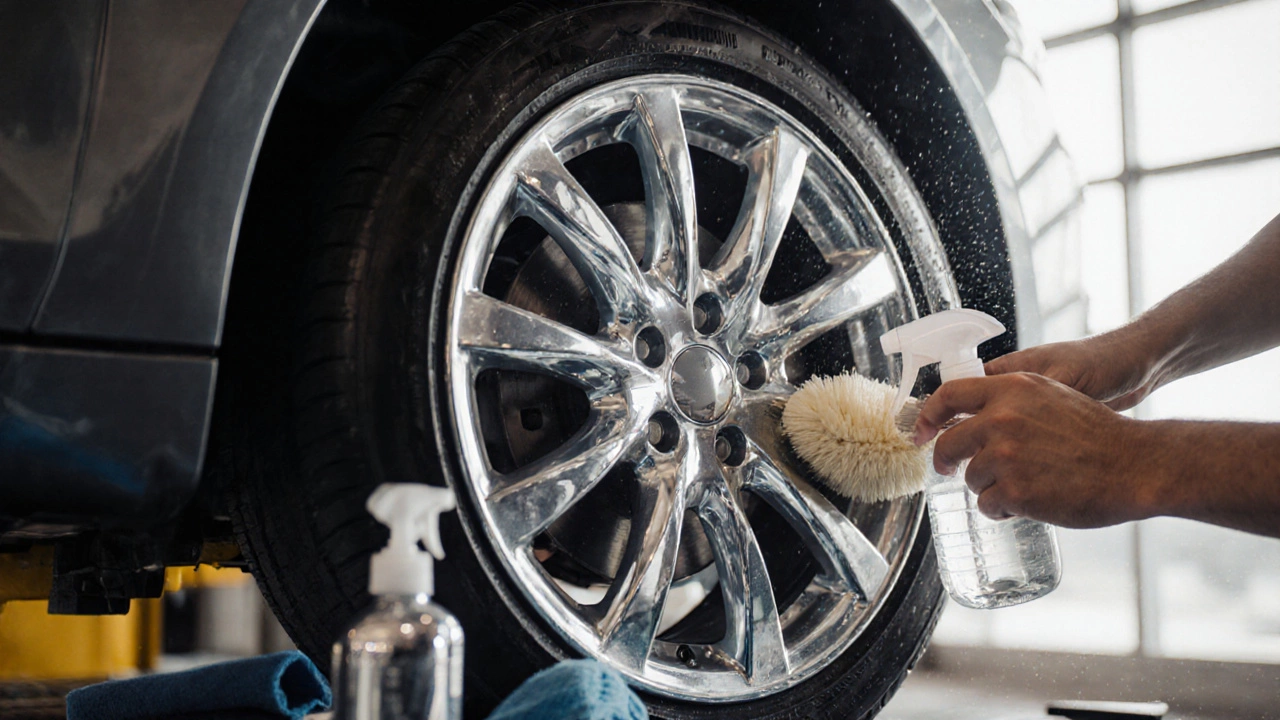
When alloy rims make the most sense
If you’re a weekend racer, a track day regular, or simply want a car that looks sharper, alloy rims often justify the price. The reduced weight helps with cornering and braking, while the heat‑sinking ability keeps brakes in check during repeated hard stops. For small‑displacement roadsters, shedding a few pounds can noticeably improve the driving feel.
Conversely, if you drive a work vehicle, live in an area with heavy snow and frequent road salt, or have a strict budget, steel wheels remain a solid choice. They survive curb‑side impacts, are cheaper to replace, and require less maintenance.
How to keep alloy rims looking their best
Maintenance isn’t complicated, but a few habits go a long way.
- Wash the rims with a pH‑balanced wheel cleaner at least once a month. Harsh acids can strip protective coatings.
- Use a soft‑bristle brush to get into the spokes. Avoid steel wool - it can scratch the finish.
- Rinse thoroughly and dry with a microfiber cloth to prevent water spots.
- If you notice brake dust buildup, apply a dedicated alloy polish. It restores shine and adds a thin protective layer.
- Check wheel balance whenever you feel a vibration at higher speeds. Re‑balancing can prevent premature bearing wear.
- Inspect the rims for cracks or corrosion after hitting a pothole. Early detection saves costly replacements.
Following these steps ensures that the alloy rims you invest in will stay attractive and functional for many years.
Frequently Asked Questions
Do alloy rims improve fuel economy?
Yes, the lighter weight reduces the engine’s workload, which can shave a few tenths of a mile per gallon in city driving. The effect is more noticeable on smaller engines.
Can I repair a cracked alloy wheel?
Minor cracks can sometimes be welded, but the repair must be performed by a specialist. Severe damage usually means replacement, as structural integrity is critical for safety.
Are alloy wheels louder than steel?
Alloy wheels can transmit more road noise because they vibrate differently, but the difference is subtle. Proper tire choice and wheel balancing mitigate most of the noise.
How often should I re‑balance alloy rims?
Ideally every 10,000km or after any impact that could shift the wheel’s weight distribution. A quick vibration check at 80km/h can alert you to an imbalance.
Do alloy wheels affect braking distance?
The lighter unsprung weight helps the suspension stay in contact with the road, allowing the brakes to work more efficiently. In practice, the difference is modest but measurable on high‑performance cars.


